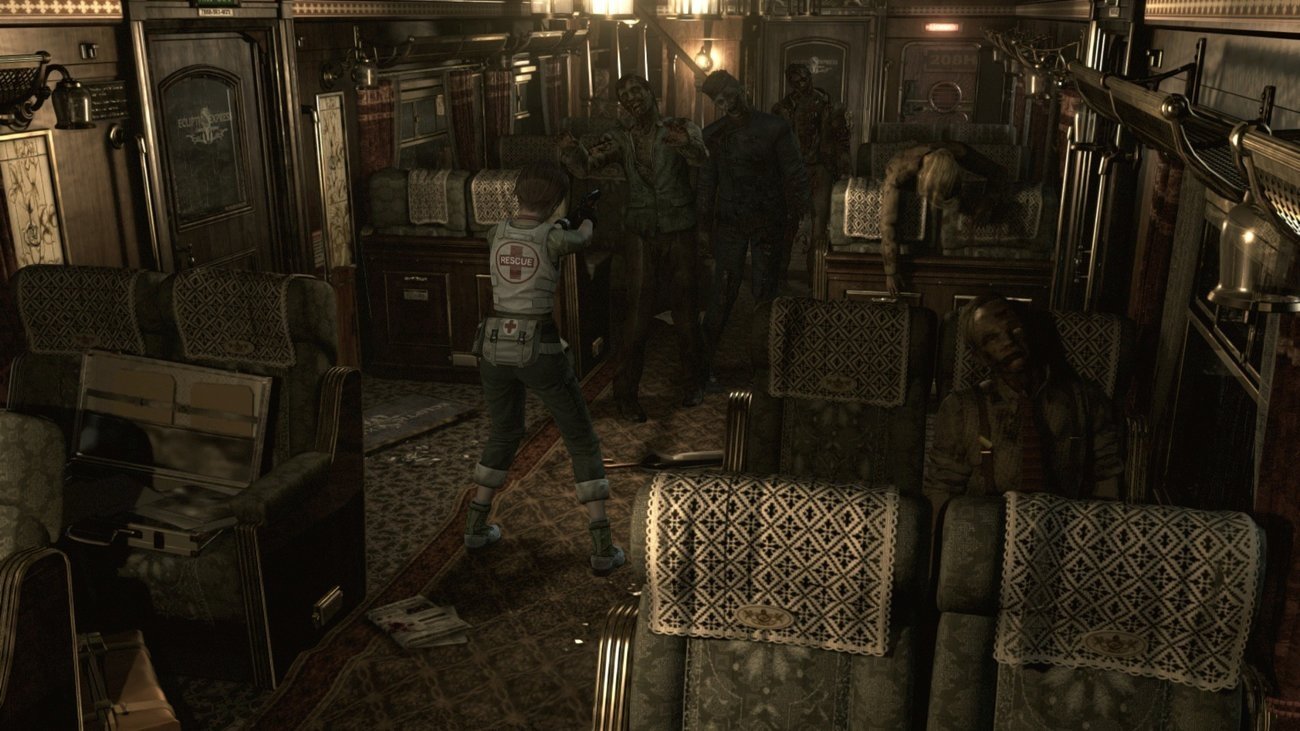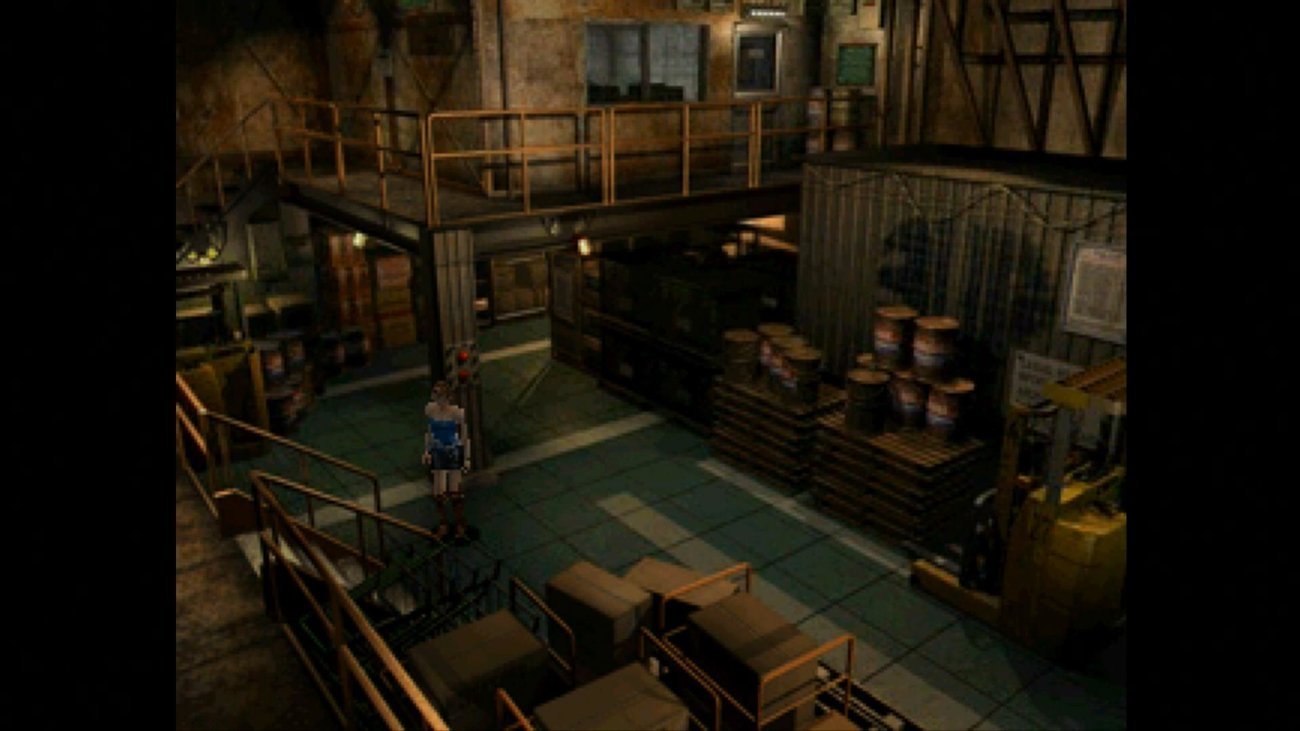I know that pre-rendered games use images of 3D scenes rendered on other hardware; then these images are used as backgrounds. I was wondering if the power of the console is irrelevant to visualize these images. What I mean exactly is: if the console only visualizes these images, and so it must not compute them as it does with games rendered in real time, is it possible that a pre-rendered game, created with the more sophisticated hardware and techniques today, can be visualized correctly with a console like Playstation 1 without problems (resolution and some other factor aside)? For example, to use pre-rendered images like those of Resident Evil 0 (Nintendo Gamecube) on the Playstation 1. Or does the console has its limits regarding the pre-rendered images which it is able to visualize?
Another question which connects to the previous one: what is the difference between pre-rendered images of games and the realistic scenarios used by architects etc? Can those realistic scenarios used as pre-rendered backgrounds? I did this reasoning: if with my dated computer (so with my Nvidia Geforce go 7300 Turbocache) of 2006 I can visualize renderings created with the most advanced hardware today, this should be the same regarding the matter of pre-rendered backgrounds created today with the most advanced hardware, put in old consoles like Playstation 1. Is this reasoning correct?








